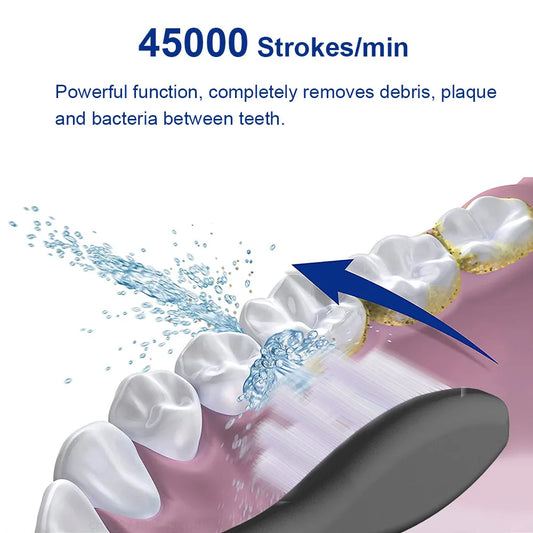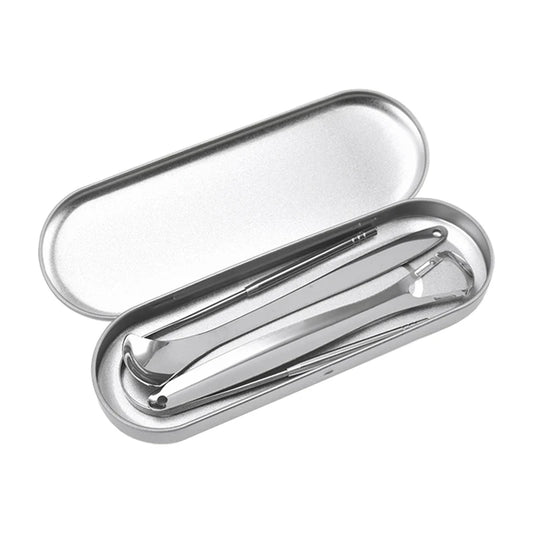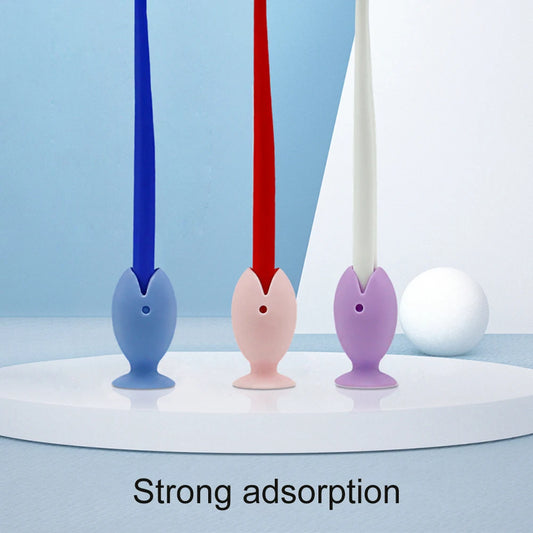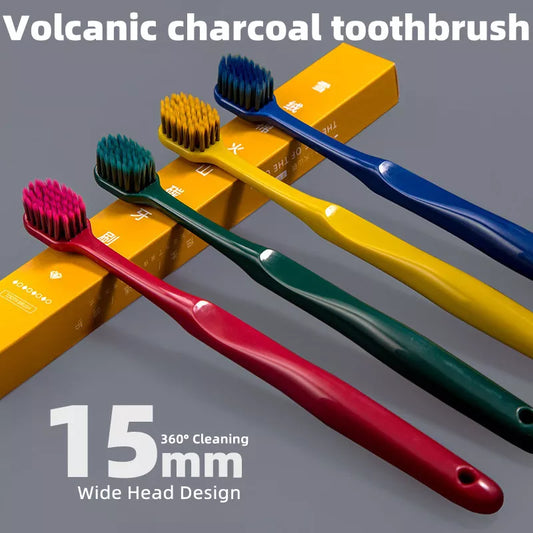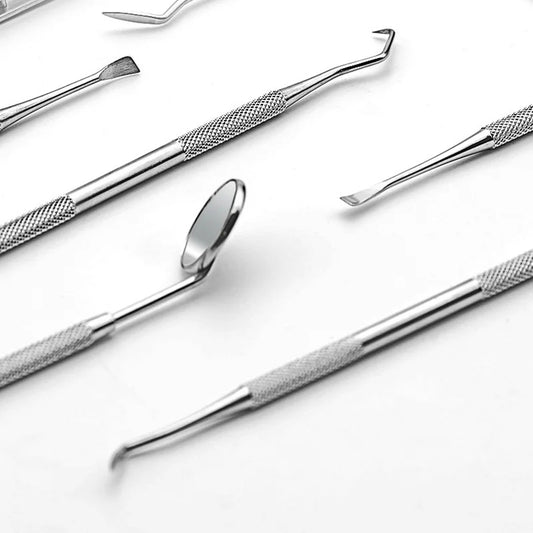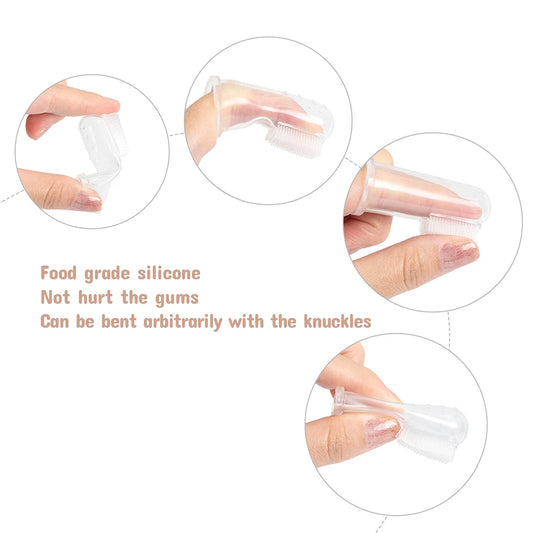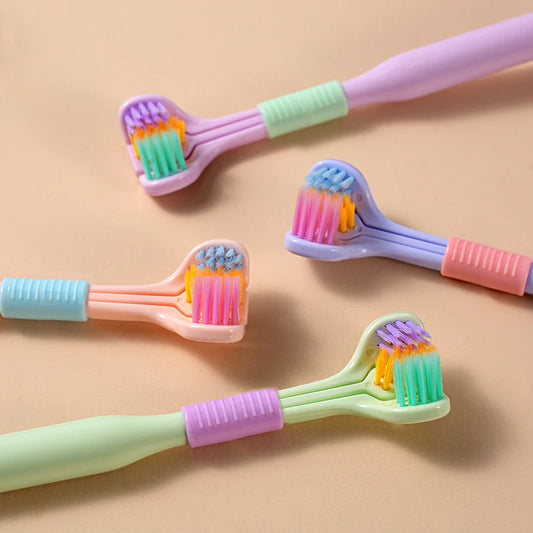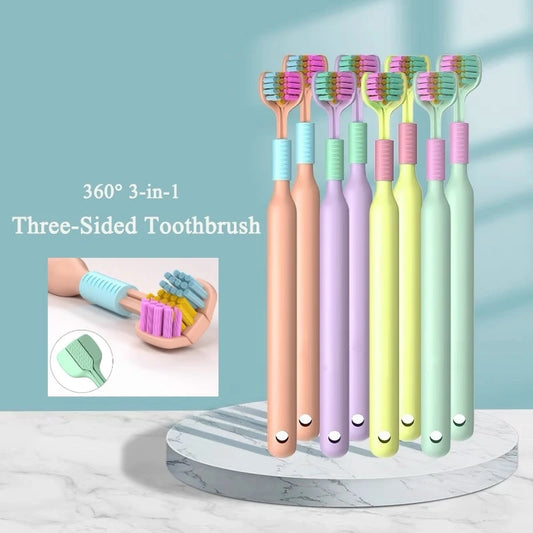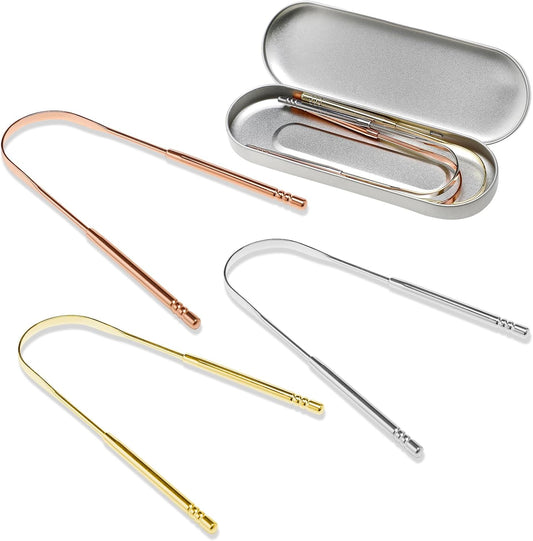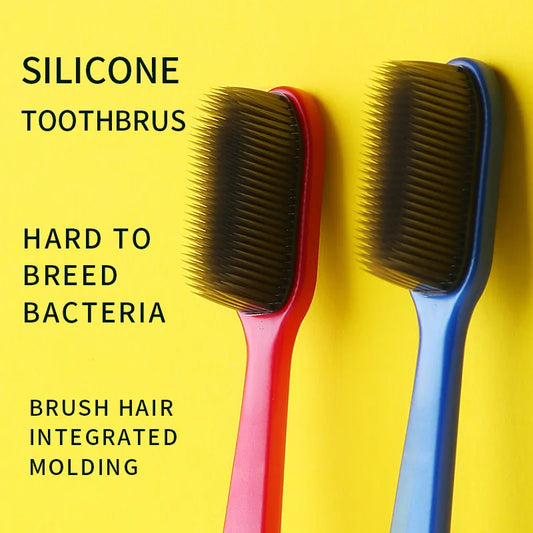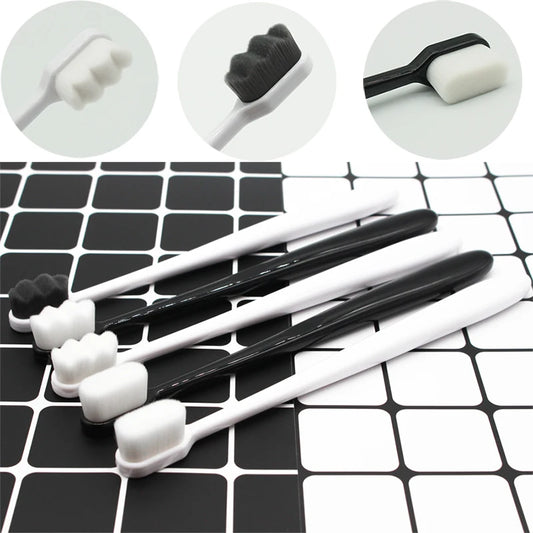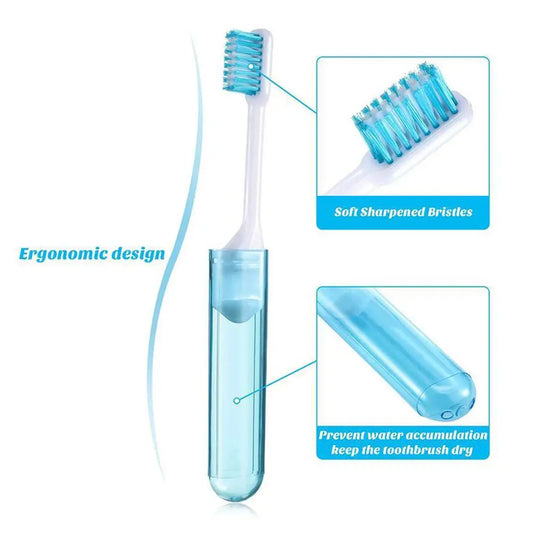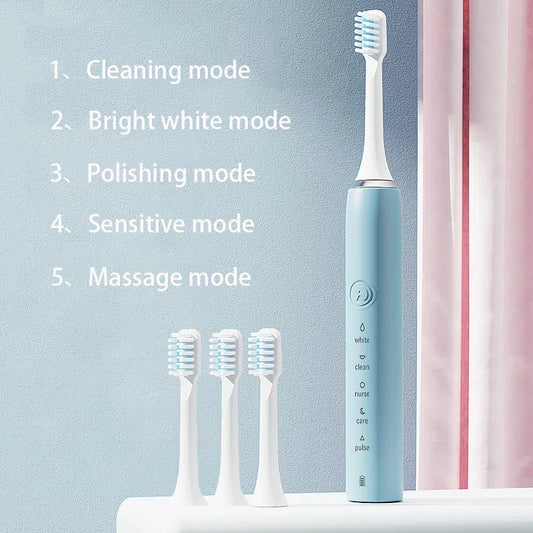Have you ever wondered what materials comprise the structure of your teeth?
Understanding the composition of your teeth can provide valuable insight into their function, strength, and resilience.
Let's demystify the dental materials that make up your teeth and explore their fascinating properties.
Enamel:
Enamel is the outermost layer of your teeth and serves as a protective coating. Composed primarily of minerals, including hydroxyapatite, enamel is the hardest substance in the human body.
Its dense crystalline structure makes it highly resistant to wear and tear from chewing, biting, and other mechanical forces. Enamel also helps insulate the sensitive inner layers of the tooth from temperature changes and chemical erosion.
Dentin:
Beneath the enamel lies dentin, a dense, bonelike tissue that forms the bulk of the tooth structure. Dentin consists of mineralized collagen fibers arranged in microscopic tubules.
While not as hard as enamel, dentin is still relatively durable and provides support and protection for the innermost portion of the tooth, known as the pulp. Dentin contains nerve endings that can transmit sensations of pressure, temperature, and pain.
Pulp:
At the center of each tooth is the pulp, a soft, living tissue composed of blood vessels, nerves, and connective tissue.
The pulp plays a vital role in nourishing the tooth and providing sensory feedback. It also responds to injury or infection by initiating the formation of reparative dentin and triggering inflammatory responses. While the pulp is essential for tooth development, it can be removed through a procedure called root canal therapy if it becomes diseased or damaged.
Cementum:
Cementum is a specialized calcified tissue that covers the roots of the teeth and anchors them to the surrounding jawbone via the periodontal ligament. Similar in composition to bone, cementum helps maintain the stability and integrity of the tooth within its socket. It also provides a protective barrier against external stimuli and contributes to the tooth's ability to withstand biting and chewing forces.
Understanding the composition of your teeth highlights the remarkable complexity and resilience of these essential structures.
By maintaining good oral hygiene habits, such as regular brushing, flossing, and dental check-ups, you can help preserve the health and integrity of your teeth for years to come. Embrace the marvels of dental materials and take proactive steps to care for your smile's foundation.



